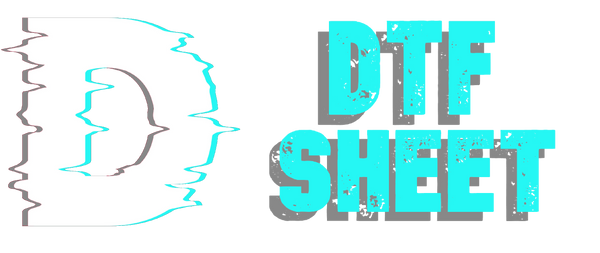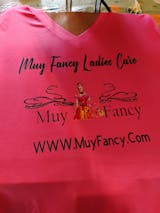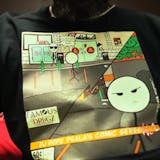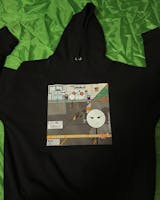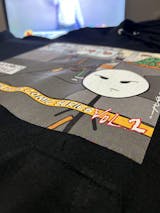DTF printing (direct to film) technology is a method that has rapidly gained popularity in recent years, especially in the textile printing industry. This technology works by printing designs directly onto the film and then transferring them to the textile surface. The advantages of DTF printing in the retail industry offer a significant competitive advantage for businesses that prefer this method.
Custom DTF printing printing technology stands out as a revolutionary innovation in textile printing applications in the retail sector. This technology involves printing designs onto film and then transferring them to the textile surface. DTF printing offers many advantages over traditional printing methods, providing retail businesses with a significant competitive advantage.
DTF Printing Advantages and Benefits
DTF transfer technology is a printing method that has many advantages in many areas. Particularly thanks to the highly flexible use of various materials, the following advantages are achieved:
- Wide Range of Materials: DTF printing can be applied to a variety of textile materials such as cotton, polyester, nylon. This flexibility allows retail businesses to offer a wide range of products that appeal to different customer segments. Also custom gang sheet can be used for quick printing.
- High Resolution: DTF printing technology offers the ability to print fine details and vivid colors in high resolution. This increases customer satisfaction by increasing the aesthetic value of retail products.
- Color Scale: Thanks to the wide color scale, complex and colorful designs can be easily applied. This provides design flexibility and makes it possible to create creative products.
- Low Production Cost: DTF printing offers an economical solution, especially in small batch production. It provides savings to retail businesses with less initial cost and lower unit cost compared to traditional printing methods.
- Fast Production Time: Thanks to fast printing and transfer processes, businesses can produce high quantities of products in a short time. This increases stock management and the ability to respond quickly to customer demands.
- Reduced Waste: DTF printing offers an environmentally friendly production process with less waste of ink and materials. This contributes to the sustainability goals of retail businesses.
- Less Chemical Use: Compared to traditional printing methods, the use of less harmful chemicals provides a safer environment for both employees and the environment.
How Does the DTF Printing Method Work?
With custom heat transfer technology, which is very easy to apply thanks to the heat press method, it is possible to obtain much more durable and high-quality prints. DTF working principle are:
- Digital Design: First, a print-ready digital design is created in a graphic design program.
- Color Profile: The design is converted into a color profile suitable for printing.
- Special Film: The design is printed on a special DTF film. This film is covered with a special coating that allows the ink to adhere.
- Printing Machine: DTF printing machine prints the design on the film in high resolution.
- Adhesive Powder: A sticky powder is sprinkled on the printed film. This powder creates the adhesive layer that will allow the design to stick to the fabric.
- Heating: The powder coated film is dried in a heater so that the powder melts and becomes sticky.
- Placement: The printed film covered with powder is placed on the textile surface where the printing will be made.
- Heat Press: The film and textile surface are placed in the heat press. The press is applied at a certain temperature and pressure.
- Transfer: The design is transferred from the film to the textile surface under the influence of heat and pressure.
- After the pressing process is completed, the printed textile surface is left to cool.
- The film is carefully removed from the cooling textile surface. The design remains on the textile.
